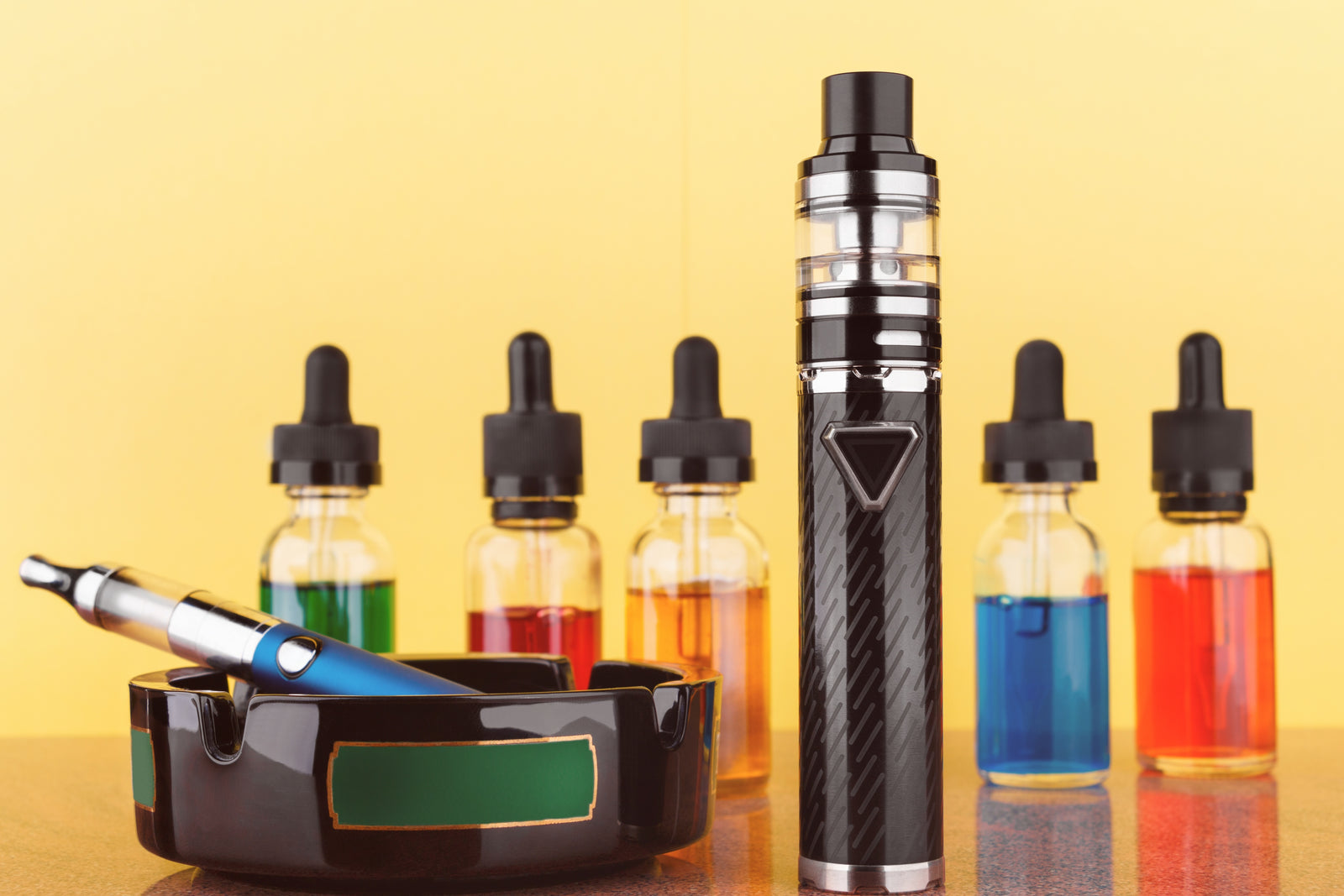This guide will give vapers some general tips on battery safety and charging, but we also advise you to read the manufacturer’s safety manual that comes with your vaping kit.
If there are no safety instructions, the chances are you have not purchased a premium vaping kit and should only use the vape mod at your own risk. There are some low-quality products on the market and safety cannot be guaranteed.
Vape batteries are pretty much the same as the lithium-ion batteries in your smartphone and tablets. Whilst they are not dangerous, they are prone to user error.
Believe it or not, but vapes put more stress on batteries than the typical handheld device.
If you own a regulated vaporiser powered by a typical 18650 or 20700 battery, follow the battery safety tips below.
Beware of Counterfeit Batteries
It goes without saying that when selecting batteries for your vaporiser, make sure they are compatible and supplied by a reputable vendor. There are, unfortunately, a lot of knock-off batteries that mimic the likes of Samsung, Sony, and Panasonic so be wary who you purchase batteries from. Also use married batteries, don’t mix and match.
Store Batteries in a CaseVape batteries should be stored at room temperature and carried securely in a case. Don’t let batteries loose in your bag or pockets. Unprotected batteries can short circuit and explode if they come into contact with metal objects. Battery cases are not expensive.
Also, if you notice the wrap is damaged, ask your local vape merchant to rewrap it. They should do it for free.
Charging Vape Batteries Before we get into this, it’s worth mentioning that battery mishaps are very rare amongst vapers. However, there are vape battery horror stories. It’s worth bearing in mind that battery chargers are electrical devices and accidents can happen.- Vape batteries should be charged on a low voltage and for no longer than 4-hours. Regulated batteries come with a USB charger and automatically turn off when the battery is full. Even still, don’t risk charging your vape mod overnight.
- Don’t leave batteries in direct sunlight, nor close to an oven or microwave where they can heat up. And don’t store them near anything that is flammable.
- Don’t allow rechargeable batteries to get wet, and if they do, do not use them.
- Once you have finished vaping, switch off the battery.
- Do not use batteries that appear to be leaking, rusty, deformed or damaged in any way.
- To keep your battery in good health, let the charge run low but don’t completely drain it. This will help prolong the lifespan of your batteries.
- Lithium-ion batteries loose capacity and strength overtime. When you notice the power starts to drain quicker than usual, it’s probably time to upgrade to new batteries. Ordinarily, you will need to replace the battery every six months or so, depending on how often you use your vape.
- Dispose of old batteries sensibly and take them to your local recycling facility. Don’t throw lithium-ion batteries in the bin because it presents a serious safety hazard.

